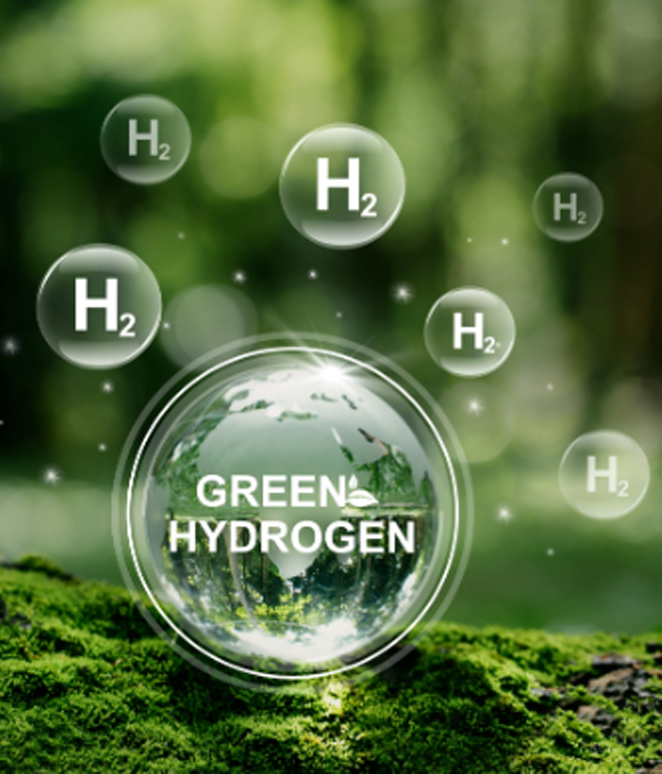Introduction
The hydrogen economy is an emerging energy system in which hydrogen plays a central role in powering industries, transportation, and electricity generation. Hydrogen is a clean energy carrier, producing only water as a byproduct when used in fuel cells or combustion. It is considered a key solution for reducing carbon emissions and transitioning to a sustainable energy future.
Hydrogen can be produced using different methods, categorized by their environmental impact:
Green hydrogen is produced using renewable energy with zero emissions.
Blue hydrogen is derived from natural gas but includes carbon capture and storage (CCS) to reduce emissions.
This article explores the hydrogen economy, the differences between green and blue hydrogen, and their potential to transform global energy systems.
The Hydrogen Economy: A Clean Energy Vision
The hydrogen economy refers to a future energy system where hydrogen replaces fossil fuels in various sectors, including:
Transportation: Fuel cell vehicles (cars, trucks, buses, trains, and ships) use hydrogen as a clean alternative to gasoline and diesel.
Industry: Hydrogen is used in steel manufacturing, ammonia production (fertilizers), and refining processes.
Power Generation: Hydrogen can be used in fuel cells or blended with natural gas for electricity production.
Energy Storage: Hydrogen serves as a long-term storage solution for renewable energy, balancing supply and demand.
A hydrogen-based energy system aims to reduce greenhouse gas emissions and enhance energy security by utilizing clean, sustainable resources.
Types of Hydrogen Production
Hydrogen is color-coded based on its production method and environmental impact. The two most important categories for a sustainable energy transition are green hydrogen and blue hydrogen.
1. Green Hydrogen: The Zero-Emission Solution
Green hydrogen is produced through electrolysis, a process that splits water (H₂O) into hydrogen (H₂) and oxygen (O₂) using electricity from renewable sources such as solar, wind, or hydro power.
How Green Hydrogen is Made:
Electrolysis Process:
An electric current passes through water using an electrolyzer.
Water molecules separate into hydrogen and oxygen.
The hydrogen is captured and stored for later use.

Advantages of Green Hydrogen:
✅ Zero Emissions: No carbon dioxide (CO₂) is released in the process.
✅ Supports Renewable Energy: Uses excess electricity from solar and wind farms.
✅ Versatile Applications: Can replace fossil fuels in multiple industries.
Challenges of Green Hydrogen:
❌ High Production Costs: Electrolysis is expensive compared to fossil fuel-based hydrogen.
❌ Infrastructure Limitations: Requires significant investment in storage, transport, and distribution networks.
❌ Energy Losses: Electrolysis is not 100% efficient, meaning some energy is lost in conversion.
Despite challenges, green hydrogen is considered the most sustainable long-term solution for achieving net-zero emissions.
2. Blue Hydrogen: A Bridge to Clean Energy
Blue hydrogen is produced from natural gas (methane, CH₄) using a process called steam methane reforming (SMR). Unlike conventional hydrogen production, blue hydrogen incorporates carbon capture and storage (CCS) to reduce emissions.
How Blue Hydrogen is Made:
Steam Methane Reforming (SMR):
Natural gas reacts with steam to produce hydrogen and carbon dioxide.
The CO₂ is captured and stored underground instead of being released into the atmosphere.
Advantages of Blue Hydrogen:
✅ Lower Cost than Green Hydrogen: Uses existing natural gas infrastructure.
✅ Reduces Carbon Emissions: CCS technology captures up to 90% of CO₂ emissions.
✅ Supports Energy Transition: Helps bridge the gap between fossil fuels and renewable energy.
Challenges of Blue Hydrogen:
❌ Still Depends on Fossil Fuels: Natural gas is a finite resource and subject to price fluctuations.
❌ Carbon Capture Limitations: Some emissions may still escape, reducing overall effectiveness.
❌ Storage Risks: Long-term CO₂ storage requires secure geological formations.
Blue hydrogen serves as a transitional solution while green hydrogen technology becomes more affordable and scalable.
The Future of Hydrogen Energy
Governments and industries worldwide are investing in hydrogen technology to accelerate the clean energy transition. Key developments include:
Scaling Up Electrolysis: Advances in electrolyzer technology are reducing the cost of green hydrogen production.
Expanding Hydrogen Infrastructure: Building hydrogen refueling stations, pipelines, and storage facilities.
Hydrogen-Powered Transport: Expanding hydrogen fuel cell vehicles (trucks, buses, trains, and ships).
Industrial Decarbonization: Using hydrogen to replace coal and natural gas in steel production and chemical manufacturing.
Countries like Germany, Japan, South Korea, the US, and the EU have announced multi-billion-dollar hydrogen strategies to reduce emissions and enhance energy security.
Conclusion
The hydrogen economy represents a major shift toward clean, sustainable energy. While green hydrogen is the ultimate goal due to its zero-emission production, blue hydrogen provides a short-term solution by reducing carbon emissions from fossil fuels.
For hydrogen to become a mainstream energy source, investment in technology, infrastructure, and policy support is essential. As costs decrease and production scales up, hydrogen is expected to play a crucial role in the global effort to combat climate change and achieve carbon neutrality.
With continuous innovation, hydrogen has the potential to revolutionize industries, power transportation, and create a greener, more sustainable future.
Our Products
-
Soma 500MG
$1.50 / Per Pill
-
Hydroxychloroquine 400MG
$1.50 / Per Pill
-
Cialis 60MG
$1.50 / Per Pill






